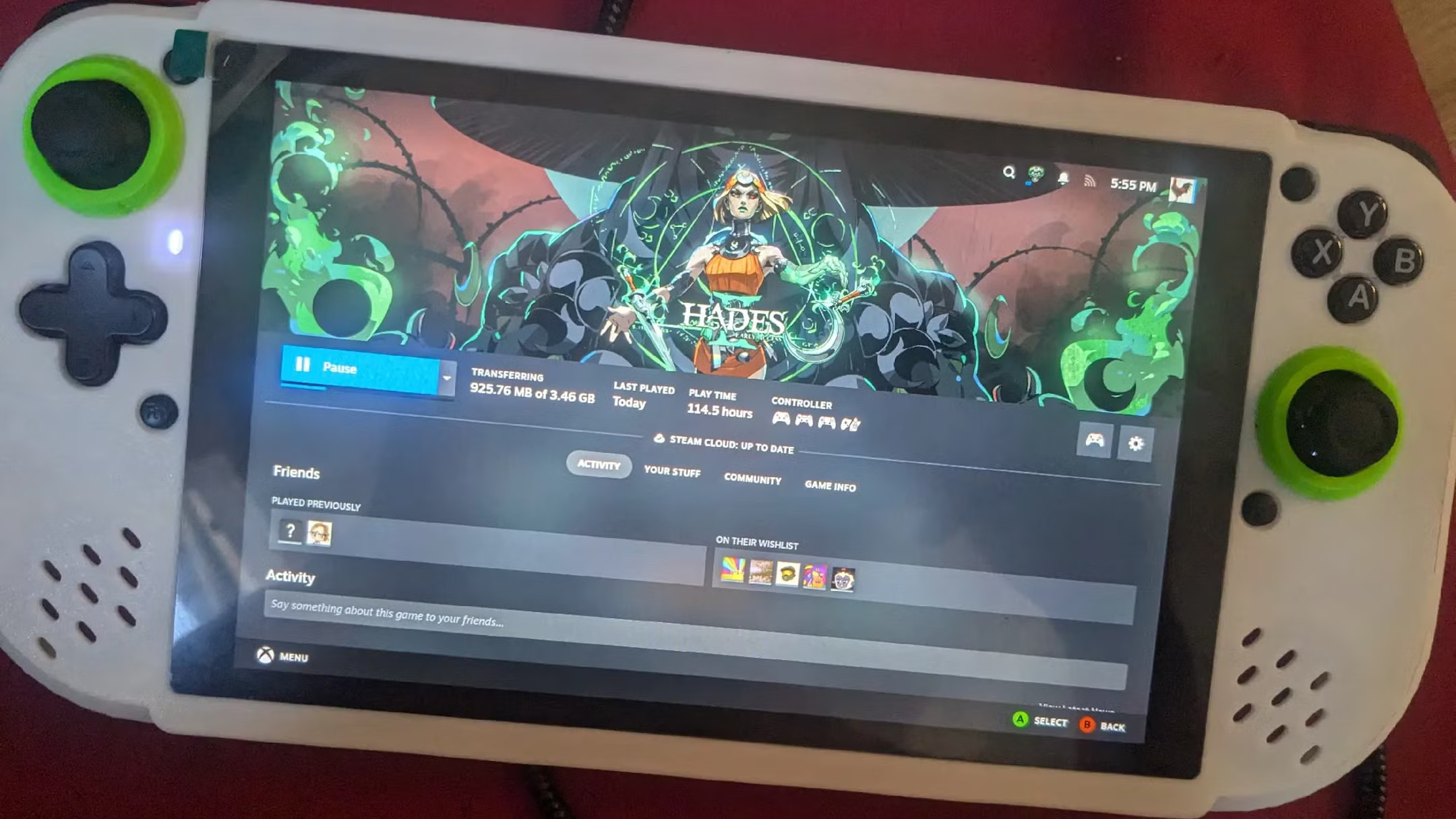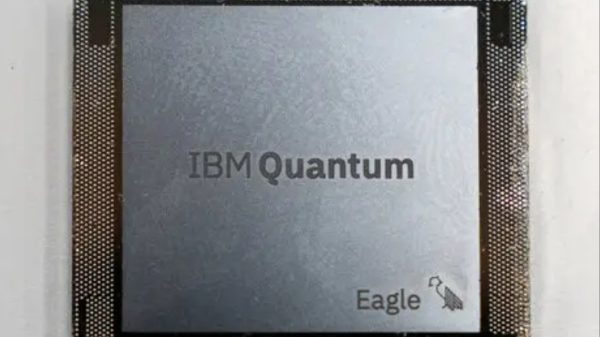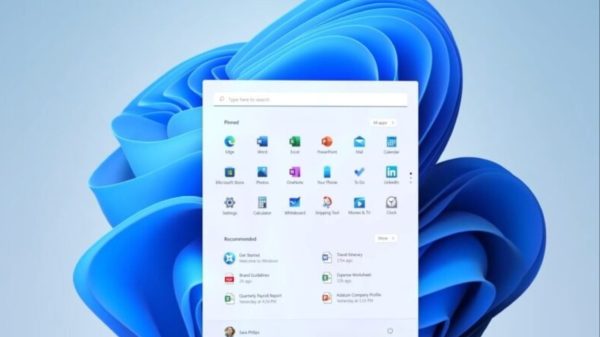The Steam Deck has gained popularity among PC gamers, but it has a notable limitation: users cannot assemble or customize the device’s components, which is a significant part of the enjoyment in PC gaming. Building custom systems has long been an integral aspect of PC culture, allowing gamers to select specific parts for performance and personalization.
This desire for customization has inspired one modder, Beth Le, to develop a do-it-yourself handheld gaming device using parts from the Framework Laptop, a modular and repairable laptop model.
Beth’s creation, called the “Beth Deck,” uses a combination of Framework Laptop components, an 8-inch LCD touchscreen, parts from an Android mobile controller, and a custom 3D-printed frame. Available for free on the 3D printing site Printables, the Beth Deck is designed to be easily upgradeable and “future-proofed,” with the flexibility to replace or modify parts over time.
By using the adaptable Framework motherboard, Beth’s project offers users the option to choose between Intel or AMD processors, along with other customizable features that suit their preferences.

Modder Brings Customization to Handheld Gaming with DIY ‘Beth Deck’ Using Framework Laptop Parts
The assembly of the Beth Deck is remarkably straightforward; it reportedly takes about 15 minutes and does not require any soldering, making it accessible for those with minimal technical skills. Users can add their choice of RAM, SSD, and operating system, giving the device more computing power and potentially longer battery life than the Steam Deck.
The project uses only ten 3D-printed pieces for the frame, creating a compact, user-friendly design. This design approach highlights the emphasis on simplicity and modularity, making it a versatile gaming system.
Though the base components needed to build the Beth Deck cost about $200, excluding the 3D-printed frame and Framework Laptop parts, the device is not entirely without its limitations.
Beth herself notes that there are some minor issues, including a left joystick that sticks occasionally, a battery that may overheat, and a finicky power button that can detach during disassembly. Despite these quirks, the device has been well-received by the Printables community, who appreciate the open-source design and the chance to experiment with a custom, handheld gaming system.
Beth plans to continue improving her design and has expressed an interest in developing a custom printed circuit board (PCB) to make the next version of the Beth Deck slimmer and lighter. This improvement would address some of the existing limitations and further refine the device, making it more comparable to commercial handheld gaming consoles.
By sharing her work and seeking community feedback, Beth has created a project that not only satisfies the desire for customizability but also fosters innovation and collaboration among gaming and DIY communities.









































